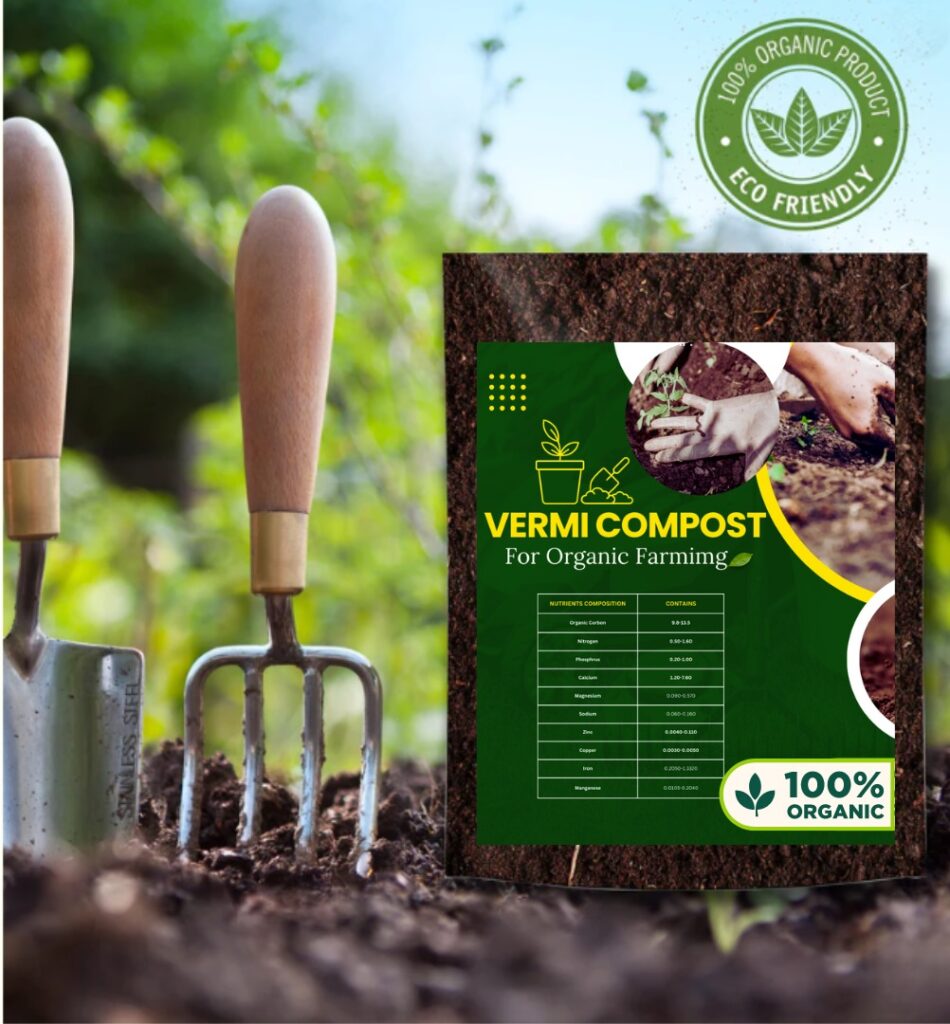The secret to improving agricultural yields and soil fertility is rock phosphate, a miraculous natural mineral. We’ll go into the basics of rock phosphate in this thorough tutorial, as well as look at its applications, interpret phosphate in rocks, and even compare its effectiveness to bone meal. Let’s go out on a quest to learn the mysteries around this marvel of soil enrichment.
What is Rock Phosphate?
The fundamental component of rock phosphate is phosphorus-rich natural mineral. This priceless resource is a major supplier of phosphorus, which is essential for plant development and is mined from deposits all over the world. The term “phosphate in rocks” describes the many types of phosphorus that are present in the mineral structure.
Uses of Rock Phosphate:
The main use of rock phosphate is in agriculture, where it is a vital component of fertilizers. For plants, phosphorus is a necessary nutrient that is involved in many physiological functions, including photosynthesis, energy transmission, and root formation. Restoring phosphorus levels in the soil with the addition of rock phosphate encourages stronger and better plant development.
Comparing Rock Phosphate to Bone Meal:
Whether bone meal or rock phosphate is a more efficient supply of phosphorus is an issue that many enthusiasts in agriculture have. Although each has advantages, the choice ultimately comes down to the particular soil requirements and plant needs. Slow-releasing rock phosphate fertilizer releases phosphorus gradually over time. Rock phosphate has a longer-lasting effect than bone meal, which on the other hand delivers a speedier release. Which choice is best for your gardening goals depends largely on your understanding of the demands of your plants and the nature of the soil.
Decoding the Environmental Impact:
Comparing rock phosphate to synthetic fertilizers, it has a lower environmental effect, which is one of its benefits. Because it’s a natural resource, making it uses less carbon than producing synthetic substitutes. Rock phosphate’s slow-release characteristic also lessens the possibility of fertilizer runoff, supporting environmentally responsible and sustainable farming methods.
रॉक फॉस्फेट किसके लिए प्रयोग किया जाता है (What is rock phosphate used for):
रॉक फॉस्फेट मुख्य रूप से खेती में उपयोग किया जाता है। यह मुख्य रूप से वन्यजीव खाद्य, सब्जी, फल और अन्य पौधों को सुषम और सुदृढ़ बनाने के लिए इस्तेमाल होता है। खेतों का उपयोगकर्ता रॉक फॉस्फेट को सही मात्रा में मिलाकर पौधों को उचित पोषण देता है और उत्पादकता बढ़ाता है।
Conclusion:
To sum up, rock phosphate is essential to sustainable agriculture since it provides a safe, efficient way to raise the phosphorus content of soil. Knowing the fundamentals of this soil-enriching marvel, whether you’re a novice farmer or an experienced one, will enable you to make decisions that will result in healthier, more fruitful crops. Rock phosphate continues to be a reliable ally in sustaining the green plenty of our planet even as we investigate and develop in the field of agriculture.



